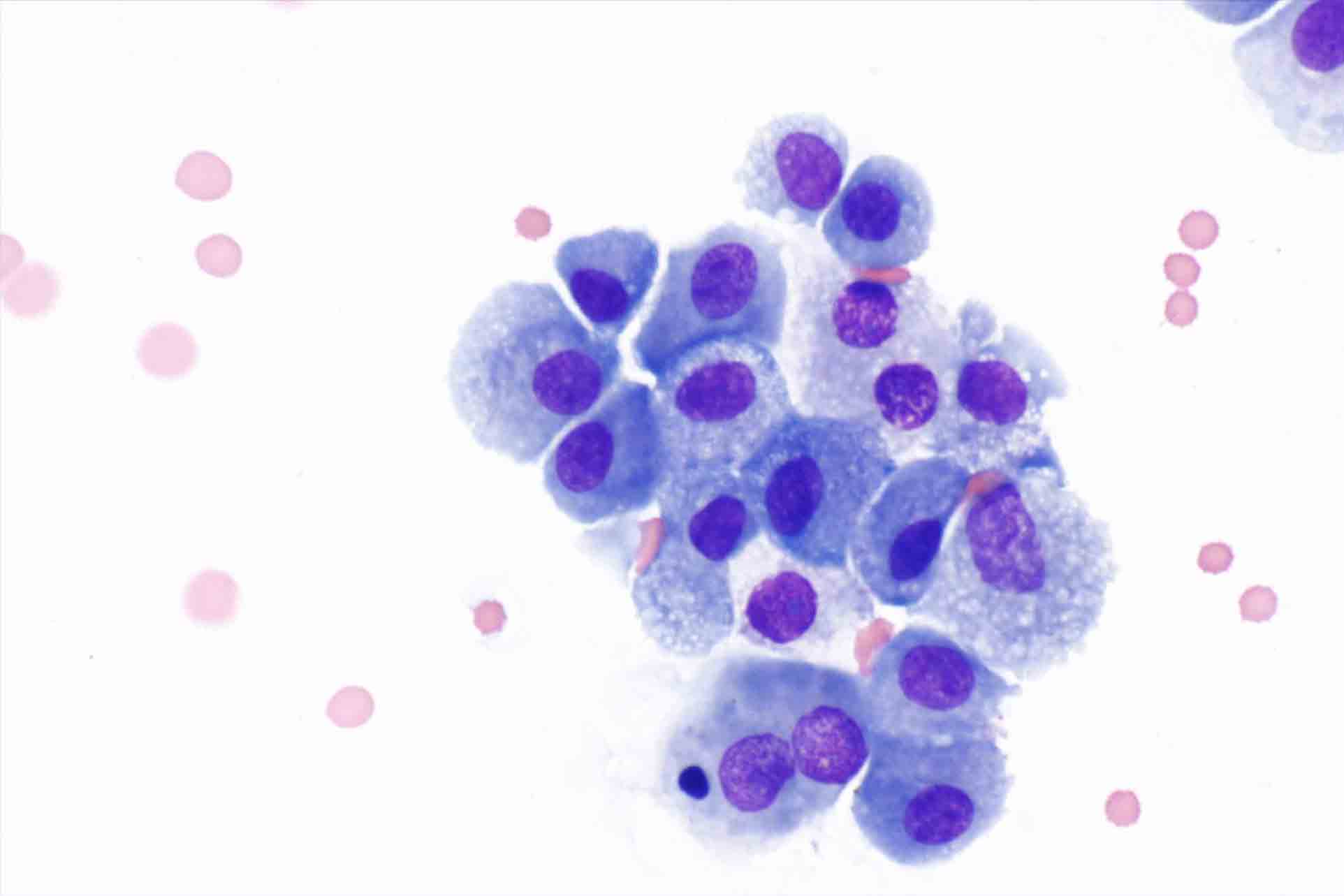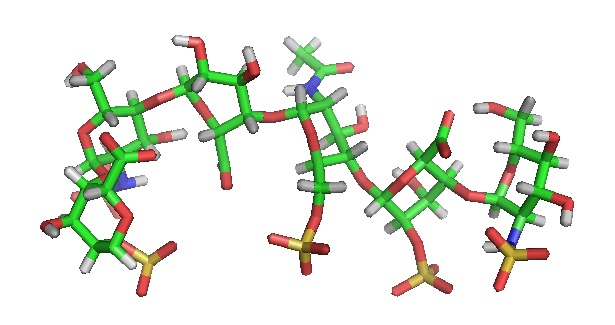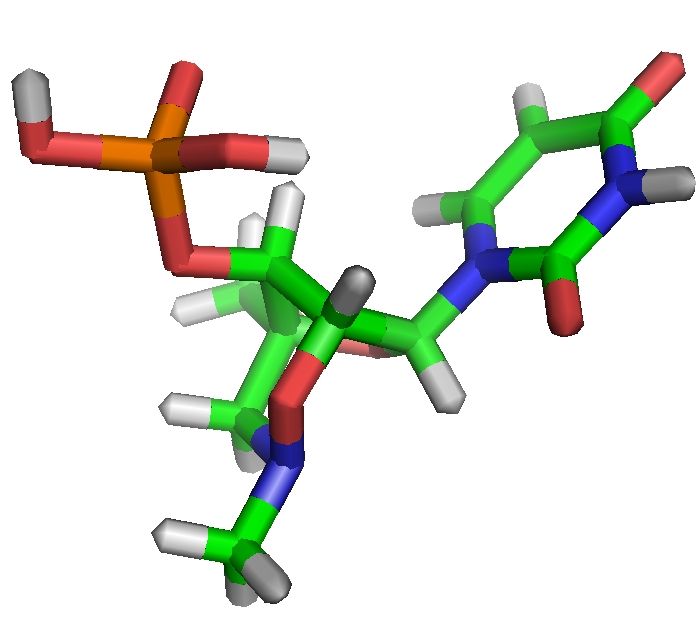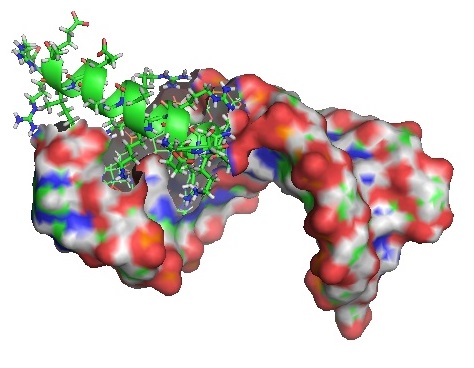|
|
|
Bio-Synthesis Newsletter - March 2020
|
CRISPR for Cancer Immunotherapy
 Recently a nanotechnology strategy was developed for the delivery of the CRISPR Cas gene editing system into cells using arginine nanoparticles to generate signal regulatory protein α (SIRP-α) knockout macrophages. The signal guide RNA (sgRNA) and Cas9 protein required for gene editing were co-delivered into the cells to knock out the “don’t eat me signal” in macrophages. The innate phagocytic capabilities of the macrophages are increased by 4-fold when this signal is turned off. This approach makes it possible to create “weaponized” macrophages that can kill cancer cells during immunotherapy. Recently a nanotechnology strategy was developed for the delivery of the CRISPR Cas gene editing system into cells using arginine nanoparticles to generate signal regulatory protein α (SIRP-α) knockout macrophages. The signal guide RNA (sgRNA) and Cas9 protein required for gene editing were co-delivered into the cells to knock out the “don’t eat me signal” in macrophages. The innate phagocytic capabilities of the macrophages are increased by 4-fold when this signal is turned off. This approach makes it possible to create “weaponized” macrophages that can kill cancer cells during immunotherapy.
|
|
Read More
|
|
|
Heparin binding peptide for microtissue assembly
 Specific microtissues are needed to enable tissue repair as they occur in orthopedic injuries. Microtissues containing multiple cell types have been used as models for tissue repair applications. Lei et al. now investigated the binding between the heparin-binding peptide and a heparin-coated cell surfaces for their ability to promote assembly of mesenchymal stem cell (MSC) spheroids. Combining spheroids with both coatings promoted the spheroids to assemble into multi-aggregated structures. This type of self-assembly method is thought to be applicable for a wide range of cell aggregation methods needed for the repair of damaged tissue. Specific microtissues are needed to enable tissue repair as they occur in orthopedic injuries. Microtissues containing multiple cell types have been used as models for tissue repair applications. Lei et al. now investigated the binding between the heparin-binding peptide and a heparin-coated cell surfaces for their ability to promote assembly of mesenchymal stem cell (MSC) spheroids. Combining spheroids with both coatings promoted the spheroids to assemble into multi-aggregated structures. This type of self-assembly method is thought to be applicable for a wide range of cell aggregation methods needed for the repair of damaged tissue.
|
|
Read More
|
|
|
BNA modification for mismatch-repair
 Synthetic single-stranded DNA oligonucleotides (ssODNs) allow the generation of subtle genetic modifications in cells. The presence of bridged nucleic acids (BNAs) in ssODNs at mismatching bases or directly adjacent bases allows 1-, 2-, or 3-base pair substitutions in DNA mismatch repair (MMR)-deficient mouse embryonic stem cells. Ravesteyn and coworkers demonstrated that incorporation of BNAs in ssODNs at mismatching bases prevents MMR-mediated suppression of gene modification in mouse embryonic stem cells and E. coli. Synthetic single-stranded DNA oligonucleotides (ssODNs) allow the generation of subtle genetic modifications in cells. The presence of bridged nucleic acids (BNAs) in ssODNs at mismatching bases or directly adjacent bases allows 1-, 2-, or 3-base pair substitutions in DNA mismatch repair (MMR)-deficient mouse embryonic stem cells. Ravesteyn and coworkers demonstrated that incorporation of BNAs in ssODNs at mismatching bases prevents MMR-mediated suppression of gene modification in mouse embryonic stem cells and E. coli.
|
|
Read More
|
|
|
A Peptide Tether for RNA
 The 22 amino acid RNA-binding domain of the λ bacteriophage antiterminator protein (λN 1-22) or λN peptide allows tagging of proteins to RNAs tagged with the boxB hairpin motif. Because of its small size, the peptide interferes less with the function of tagged proteins. Besides other application λN-tethering includes tethering of eukaryotic translation initiation factors to a reporter mRNA or the hUpf3b protein to the 3’-untranslated region (UTR) of a reporter mRNA. This tethering approach allows studying the nonsense-mediated decay (NMD) of mRNAs. The 22 amino acid RNA-binding domain of the λ bacteriophage antiterminator protein (λN 1-22) or λN peptide allows tagging of proteins to RNAs tagged with the boxB hairpin motif. Because of its small size, the peptide interferes less with the function of tagged proteins. Besides other application λN-tethering includes tethering of eukaryotic translation initiation factors to a reporter mRNA or the hUpf3b protein to the 3’-untranslated region (UTR) of a reporter mRNA. This tethering approach allows studying the nonsense-mediated decay (NMD) of mRNAs.
|
|
Read More
|
|
|
|
|
Bio-Synthesis, Inc.
800 Mario Court, Lewisville, TX 75057, USA
Toll Free: 800.227.0627 | 1.972.420.8505 (Intl.)
|
|
|
|
|
|